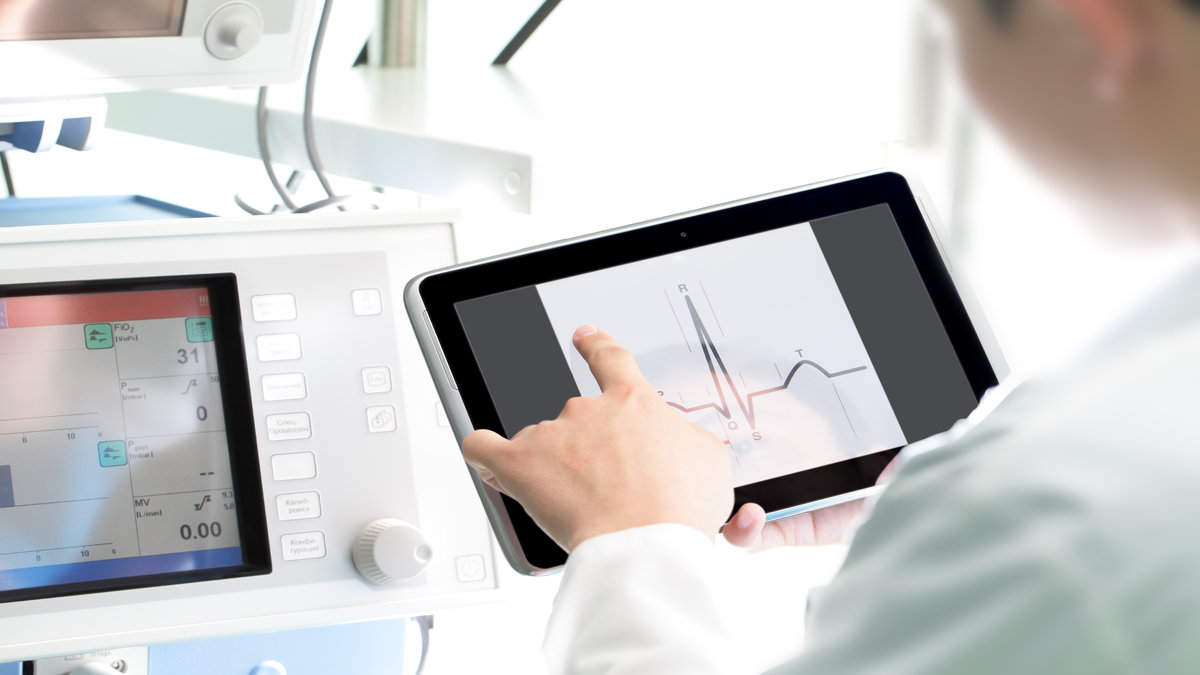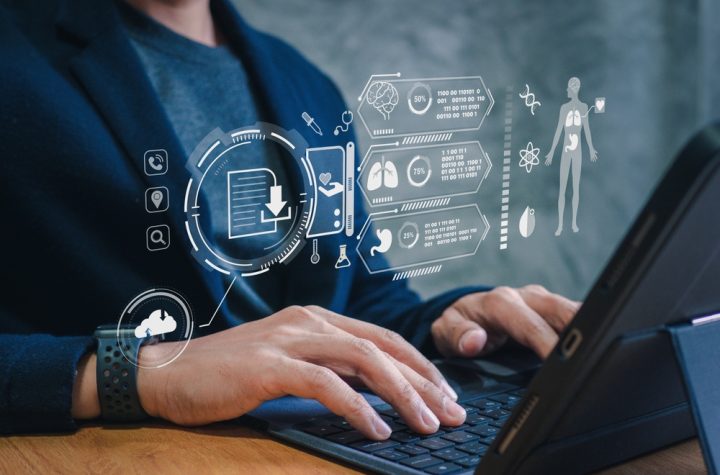
Electronic Health Record systems were introduced to facilitate physicians in the process of streamlining their workflows; filling in clinical notes, analyzing x-ray documents, requesting lab tests etc. The use of EHR systems was made mandatory in the year 2009 through the signing of HTECH Act under President Obama’s administration. Later on regulation acts such as The Medicare Access and CHIP Reauthorization Act of 2015 (MACRA) or the Merit-based Incentive Payment System (MIPS) program were introduced to monitor the quality of healthcare being provided to the patients. However, it is the physicians who play a very important role in the secure execution of healthcare services. It is up to them to manage the workflows effectively and balance the patient care along with it.
EHR systems offer incorporated patient safety features to facilitate physicians in the provision of quality healthcare, let’s go through some of them:
A user-friendly interface:
The design of the interface should aid physicians in the management of their regular workflows and help in the quick retrieval of patient data. It should not confuse them with the abundance of features available, focus should be on the clarity of the functions being provided by the software. A setup which the physicians can easily understand and interact with enables them to optimize their workflows and as a result increase productivity manifolds.
Alerts differentiation:
The EHR system which you currently have or are thinking of purchasing, should have the facility of alerts. Alerts notifications act as your right hand, they help you in varying your treatment on an individual basis. Variance in the intensity of the alerts provides physicians with an identification of the dosage and allergies; which enables them to avoid instances where the patient could be at risk. Some patients might not be allergic to some kind of medications, whereas some may be allergic. It is very important that physicians are alerted about the allergies a patient may have. This process would allow them to effectively monitor patients’ health status and advise them wisely.
Find Out What Happens Next: How to protect patient health information from hackers
Distinction between recent and older lab reports:
On a regular basis, physicians have to distinguish between recent or older lab records; often spending a lot of time in the segregation of such documents. Due to the demanding nature of a practice, the possibility of an error taking place sky rockets. Therefore the software employed by the physician, should be intelligent enough to aid physicians in differentiating between older and newer documents. Normally through the process of copying and pasting patient data in the clinical notes, chances of errors due to the repetition of similar data increases significantly. Physicians carry out this activity in order to save time, however, this compromises the quality of the documentation done. Caution should be taken while preparing clinical notes.
Display of text:
Softwares should include the functionality of displaying the text clearly, abbreviations should be used with care so they do not cause a confusion. Similarly, the numerical values displayed should contain commas for the purpose of eligibility. Names of patients should be displayed in clear abbreviations, so the physicians can easily identify them without wasting time on the search for the right candidate.
Discover More: 30 minute EHR evaluation method
Secure access to data via cloud technology:
Recently, about 75,000 individuals were affected when their data was breached though the Affordable Care Act enrollment page of the website: Healthcare.gov. If such credible websites experience cyber-attacks, one can only be so sure about his practices’ data security. The software which is being utilized by physicians should provide a secure access to this particular functionality; measures should be taken to improve on the security of the patient data. Cloud technology does provide a round the clock access to data, but such freedom shouldn’t be taken so lightly.
Patient portal integration:
Patient portal allows patients to schedule their own appointments, contact the physician without any restrictions etc. They can view their progress online without any hindrances; reports can be viewed online, as well as other related patient data. However, this functionality if breached can cause a lot of damage to a practice along with its patients; since data compromised would hold a lot of value and could cause penalties to be filed against the physician/physicians in charge. EHR systems need to provide a secure integration of this facility.
Therefore it is necessary for a practice to consider the features mentioned above along with the threats which come along with them. Counter efforts should be made to safeguard data against any possible breaches.




More Stories
The Future of Radiology Information System
How To Buy EHR Software in 6 Steps
Information security guide for small healthcare businesses